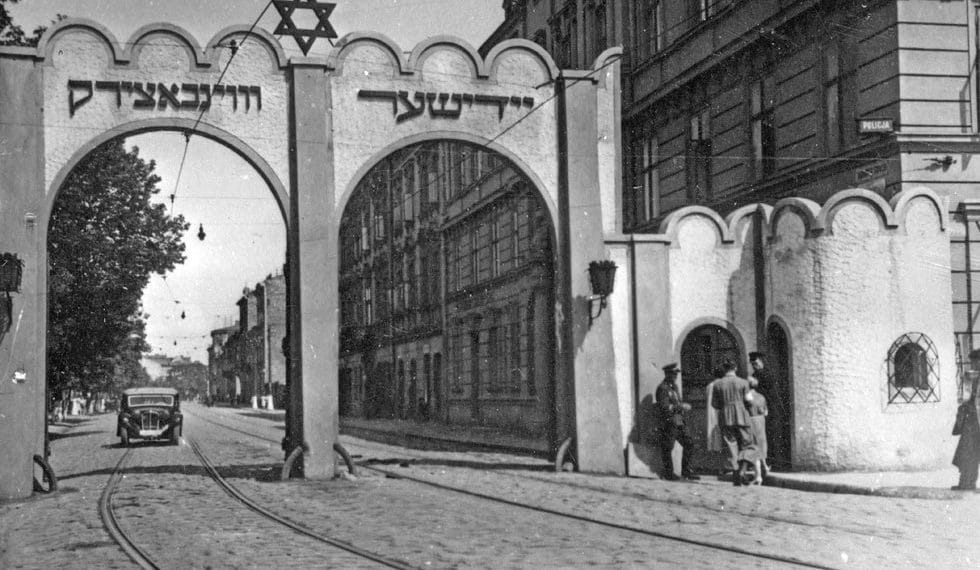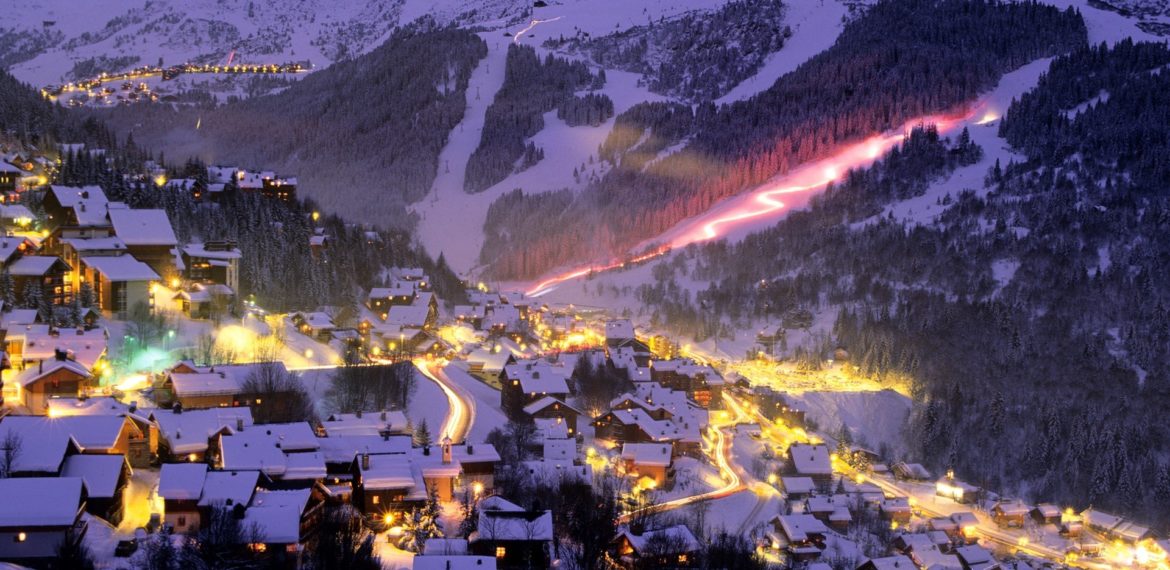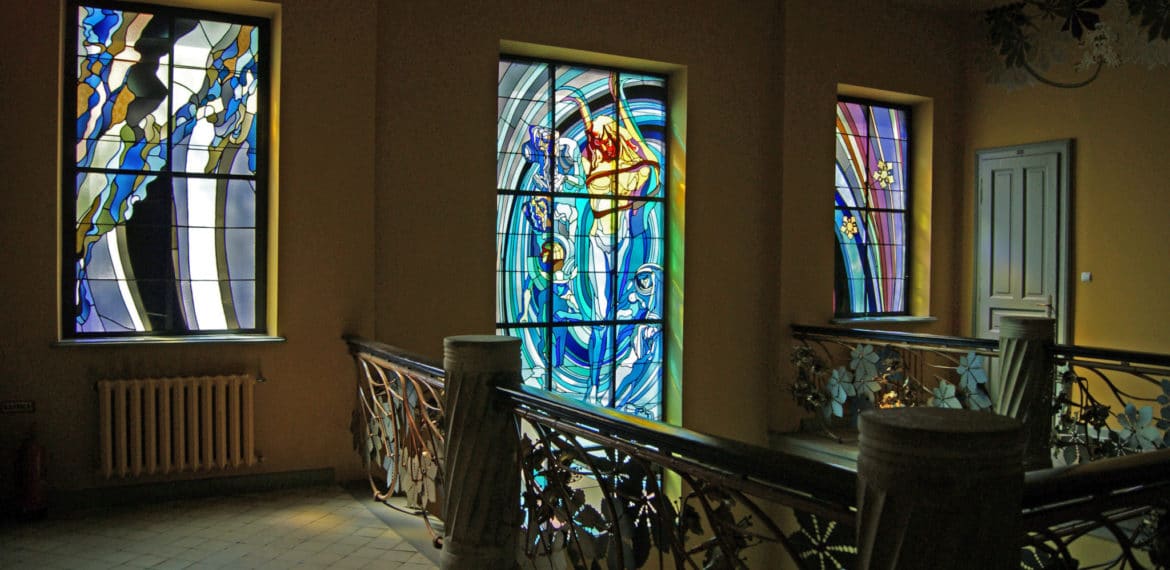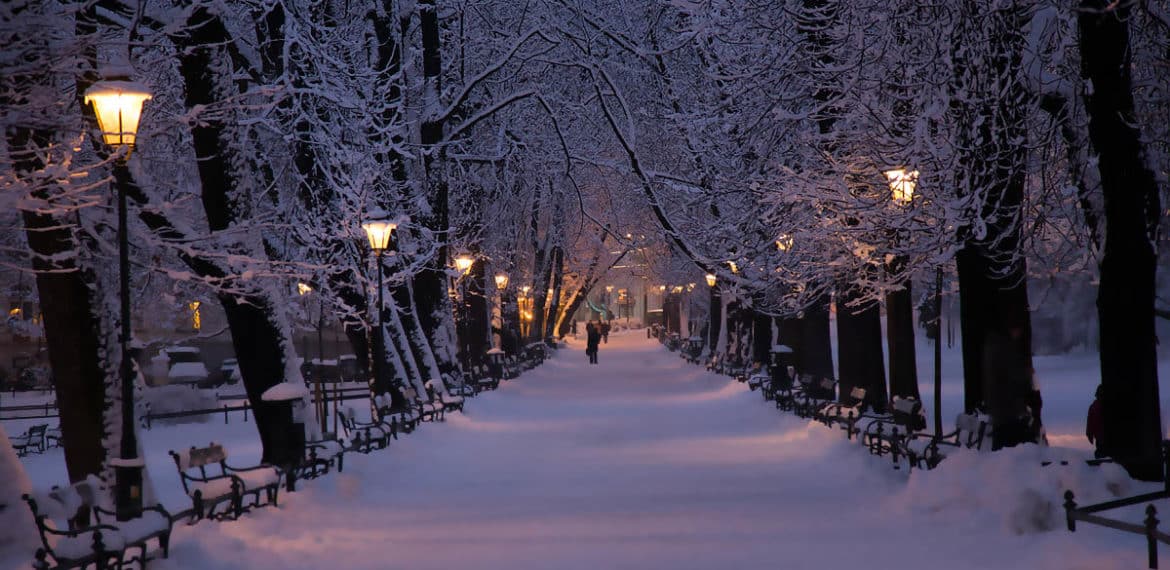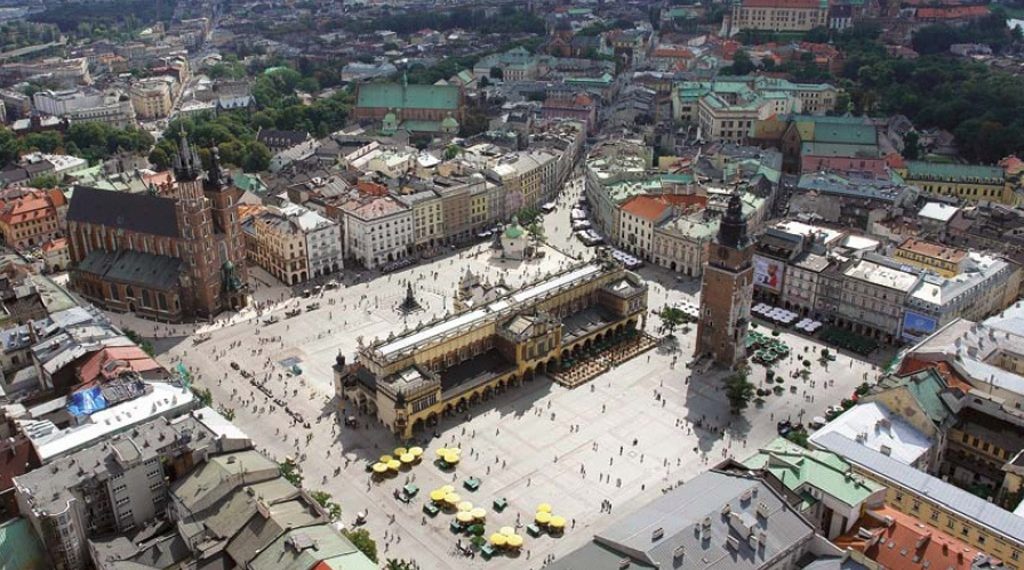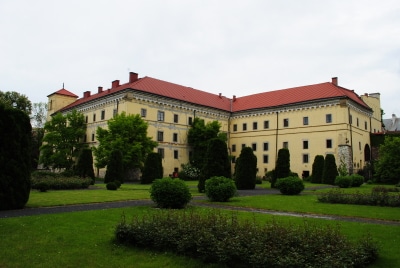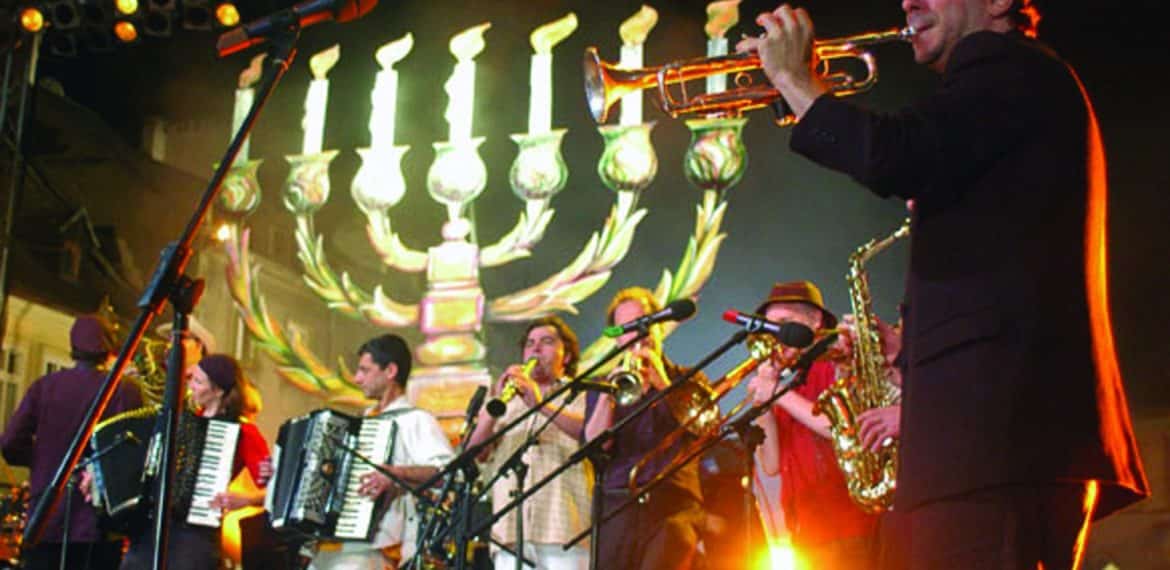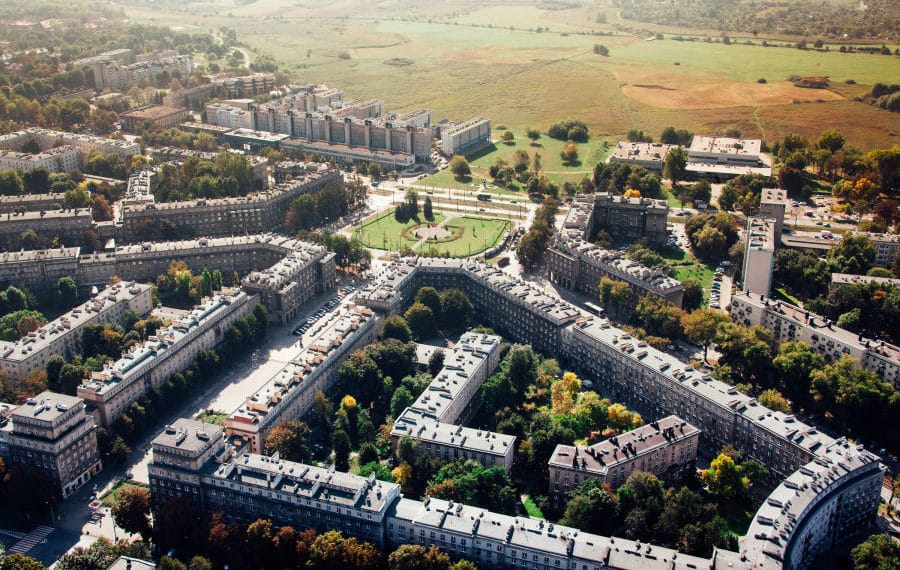Krakow Wiki
Krakow Ghetto was established in 1941 in Podgorze district. It was one of five major, metropolitan Jewish ghettos created by Nazi Germany in the territories of occupied Poland (General Government – Generalne Gubernatorstwo). Before 1939, Krakow was inhabited by around 70.000 Jews, with the vast majority living in the district
The Tatra Mountains is the highest mountain range in the Carpathian Mountains. It is a natural border between Poland and Slovakia, with the majority of Tatras lying within the latter. Its natural habitat is protected by the establishment of the Tatra National Parks in both countries, which were jointly recognised by
The area of today’s Krakow Old Town (in Polish Stare Miasto) actually mirrors the territories of the town of Krakow from the Middle Ages until the end of 18th century. History of the Krakow Old Town begins in the 9th century and leaves an important mark in the origins of Polish statehood.
Stanislaw Wyspianski was a Polish dramatist, poet, and painter. He created within the philosophy of Young Poland. It was an art movement at the turn of the 19th and 20th centuries that focused on decadence, symbolism and impressionism. This period is also associated with Bohemianism. The Young Poland Movement relates mostly to Polish
The National Museum in Krakow was established in 1879. As the first-ever national museum, it had a great responsibility in maintaining the national spirit in the time when Polish people were deprived of their home country and statehood. In museum’s possession, there is a rich collection of works of art
Ring of park Planty Planty is a unique green belt that encircles the Old Town of Krakow. The park was established between 1822 and 1830 in the place of medieval city walls. Fortifications surrounding the city were torn down and the area of the moat, at the time serving as city
The Main Square in Krakow is a large, almost 430,000 ft2 square in the very heart of the historic Old Town. It is one of the largest of all grand squares in medieval cities of Europe and is by far the most beautiful. With its many well preserved and colourful townhouses,
The Archaeological Museum of Krakow is the oldest such establishment in Poland. Originally called the Museum of Antiquity, it opened in 1850. The Museum was founded by a group of intellectuals and academics who were the members of the Krakow Scientific Society. Archaeological Museum of Krakow At first, the main exhibition
Jewish Culture Festival in Krakow is an annual event organised since 1988 in the once Jewish district of Kazimierz. The festival aims to popularise Jewish culture, history, and faith, which flourished in Poland before the Holocaust. Jewish Culture Festival is organised in close collaboration with such institutions as Jewish Community Centre of
Nowa Huta is today the easternmost district of Krakow. Conceived in the late 1940s as a separate city, it was a realisation of the Stalinist utopia. The city developed around a giant Lenin Steelworks created there to put thousands of people to work in the proletarian spirit. Nowa Huta was supposed to overshadow
